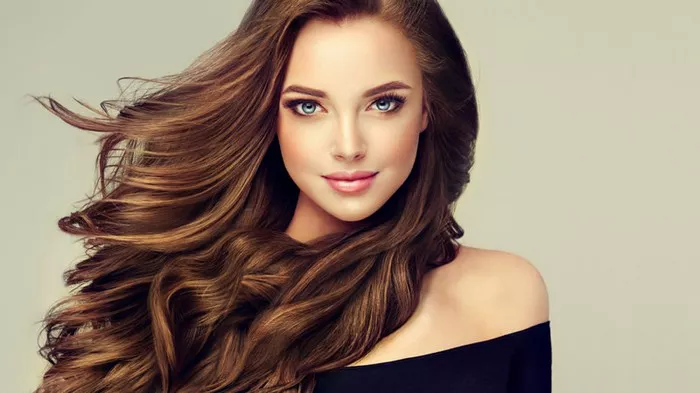Recently, I took the bold step of bleaching my naturally black, box-dyed hair to a striking peroxide blonde. The change prompted a series of amusing inquiries, mostly from well-meaning but outdated sources, asking if I was “having more fun” with my new hair. Such questions came not only from my elderly great-uncle, who is admittedly out of touch with beauty and style trends, but also from various corners of society that have unwittingly fallen prey to hair color stereotypes.
Hair stereotypes and their influence on perceptions of individuals are more prevalent than we may realize. A glaring example can be found in this year’s winter edition of Love Island, where Ellie was instantly labeled the ‘token blonde’ bombshell, and Lana’s concerns about Ron’s fidelity were largely attributed to Ellie’s hair color. As a 24-year-old deeply immersed in the highs and lows of dating app culture, I am acutely aware of how my hair color can impact my love life. It’s a nuanced challenge that can lead to swiping left on individuals who openly express narrow-minded preferences based on hair color. Moreover, it’s not uncommon to find oneself on a date with someone who is more interested in your hair than in meaningful conversation.
Regrettably, these stereotypes can also rear their heads in the workplace. Eileen Carey, a Silicon Valley CEO, encountered such bias when investors suggested that she would be more favorably received if she had brunette hair, as it apparently better fit the pattern recognition for female CEOs.
But where do these hair color stereotypes come from, and how have they persisted throughout history?
Rachael Gibson, a hair historian, has dedicated years to investigating the origins of specific color stereotypes. For instance, blonde hair, which occurs naturally in only about 2% of the world’s population, has been a desired color throughout history. In Ancient Rome, where dark hair was prevalent, blonde hair was often sported by sex workers to distinguish themselves. There is even historical evidence suggesting that sex workers were legally required to bleach their hair blonde or wear blonde wigs. As for the ‘dumb blonde’ stereotype, while it lacks a precise origin, it is said to have first been applied to the 18th-century French courtesan Rosalie Duthé, who was celebrated for her beauty but not her conversational skills.
In contrast, brunettes are associated with the notions of natural femininity and the Victorian ideal of the ‘angel in the house’—the perfect wife and mother. This contributes to the perception of brunettes as ‘boring’ or ‘safe.’ Redheads, on the other hand, stand out due to their rarity and have had stereotypes attached to their hair color, potentially traced back to early religious imagery.
Neuropsychologist Judy Ho explains that different stigmas associated with hair color can vary across cultures and societies. Blondes are stereotyped as less intelligent, brunettes as too serious, black-haired individuals as mysterious or even sinister, and redheads as hot-tempered. However, these stereotypes lack factual basis and arise from our innate tendency to categorize, which can lead to discrimination.
In the face of these enduring stereotypes, the focus should be on how a chosen hair color makes one feel and what suits their individuality. Hair color should be a personal choice and a means of self-expression. Jordanna Cobella, a master color expert at Wella Professionals, emphasizes the power of embracing a new hair color, which can reveal hidden traits or alter egos waiting to be expressed. Hair color is deeply connected to one’s internal feelings, making it a potent means of self-expression.
As beauty trends continue to evolve, hair color choices follow suit, influenced by celebrity red carpets, political activism, and social media. Tom Smith, an Olaplex artist and hair-trend forecaster, predicts a shift towards more blondes following the summer’s Barbiecore aesthetic surge.
Ultimately, hair trends should inspire individuals to express their unique identities rather than conform to an ideal standard of beauty. When considering the broader picture, it becomes evident that changing beauty standards, gender stereotypes, and hasty judgments on social media are detracting from the joy of experimentation and the sense of freedom in expressing oneself through their hair.
In the end, the message is clear: Do not allow yourself or anyone else to confine you based on your hair color. Whether you choose to change your hair color this season or maintain your current one, remember that your thoughts and feelings should guide your decisions. Hair is a privilege, and it should be a source of joy and self-expression. To my elderly great-uncle, I offer my gratitude for teaching me that my self-expression is what truly matters.


